Dom Museum's Kunst und Wunderkammer
The amazing wonder cabinets of a very rich Austrian archbishop.
The Dom Museum’s Kunst und Wunderkammer is the lovingly recreated and restored collection once belonging to the Archbishop Wolf Dietrich.
Wolf Dietrich was an extremely rich and powerful man with a villainous reputation. He owned the city’s salt mines and brought to Salzburg the baroque architecture for which it is so well known today. Like other aristocrats during the Enlightenment, Dietrich had his very own Wunderkammer, or Cabinet of Curiosities. At the Dom Museum in Salzburg, his unique collection of natural and man-made wonders is displayed in their original cabinets, each one designating a different category; shells and coral, globes and scientific devices, rosaries, ivory and horn, an ocean life cabinet, an amber cabinet, and so on.
Though much of his collection was lost or stolen over the years, the cabinets themselves remained, and the objects they once contained have been meticulously re-collected. The way in which the cabinets are presented is a beautiful example of how the world was perceived to be ordered in the 16th and 17th centuries. Cabinets were divided into two groups: artificialia and naturalia. Everything on earth fell into one of these two categories; either it was man-made or from nature.
In a time when little was understood about the natural order of things, before Linnaeus had invented modern taxonomy, learned men did the best they could to organize the chaos of the earth. Wunderkammern were attempts at containing and understanding the vast diversity and wonder of the world. Cabinets of curiosities descend in part from church reliquaries, collections of sacred religious relics, ranging from the arm-bones of saints encased in silver to the supposed staff of Moses. The church saw both saint’s bones and the natural world as tangible proof of the mastery of a superior being and thus, the religious rosary cabinet among Dietrich’s preserved blowfish and red coral.
Though many wunderkammern had a religious element to them, they were also the humble beginnings of the museum and scientific method: the urge to know and to understand, to reduce and order the world. The wonderful cabinets of the Dom Museum in Salzburg are an excellent example of this.
Later Wolf Dietrich was arrested and imprisoned over salt mining rights. His remains are in the nearby Sebastian cemetery. Legend has it that Wolf Dietrich sits in his massive mausoleum upright on a chair, and so he will sit without rest until Doomsday, when his dusty corpse will rise up at last to ask the Lord for mercy.

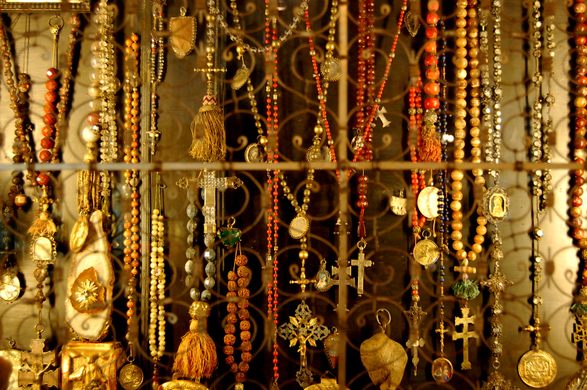
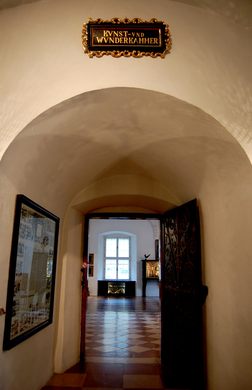
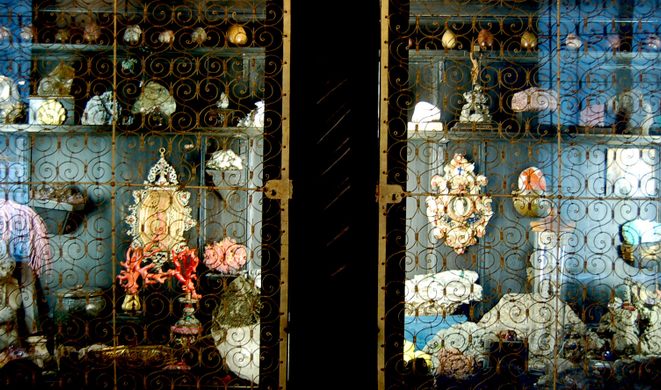
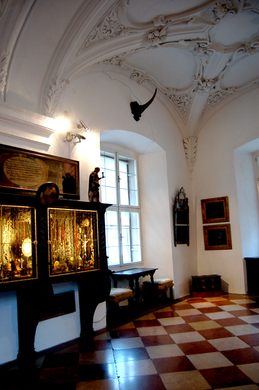





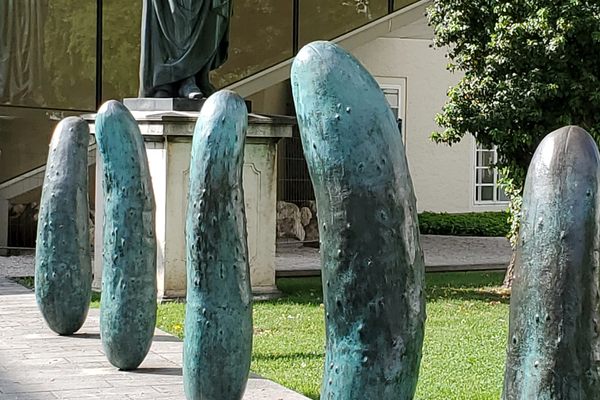
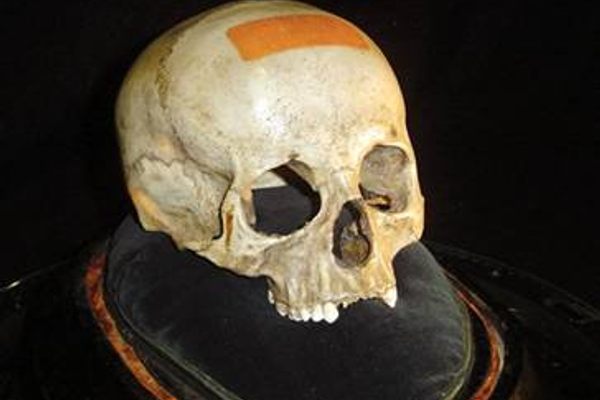

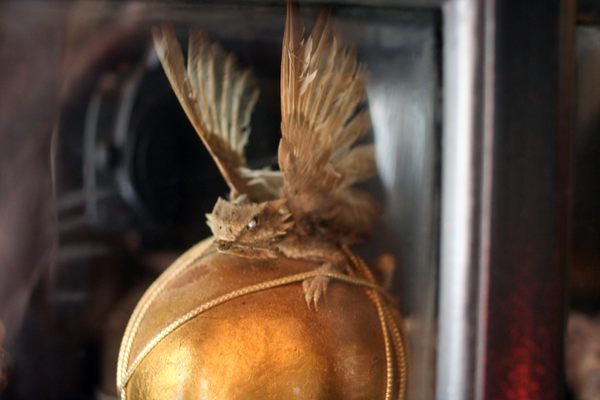
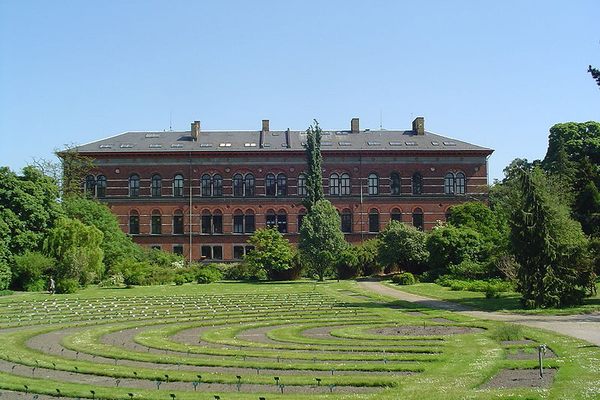
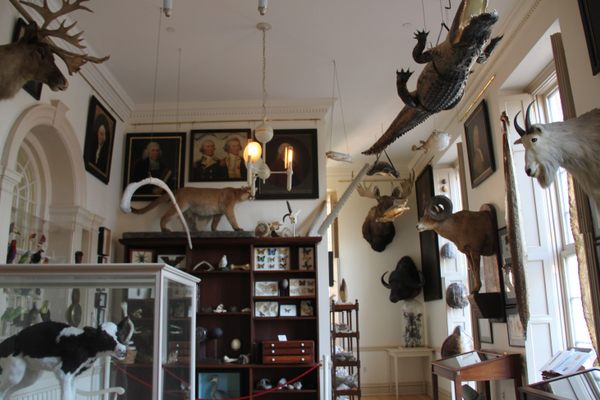


Follow us on Twitter to get the latest on the world's hidden wonders.
Like us on Facebook to get the latest on the world's hidden wonders.
Follow us on Twitter Like us on Facebook